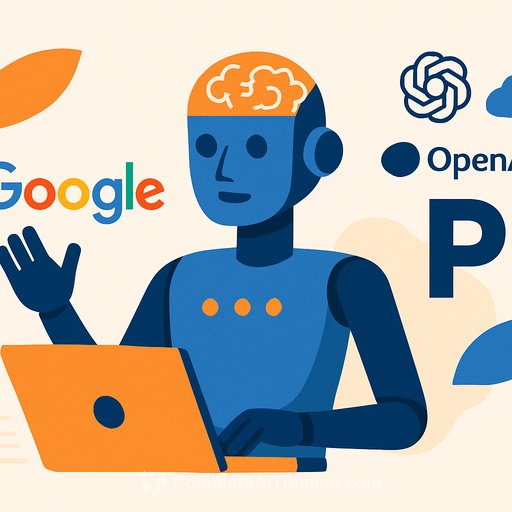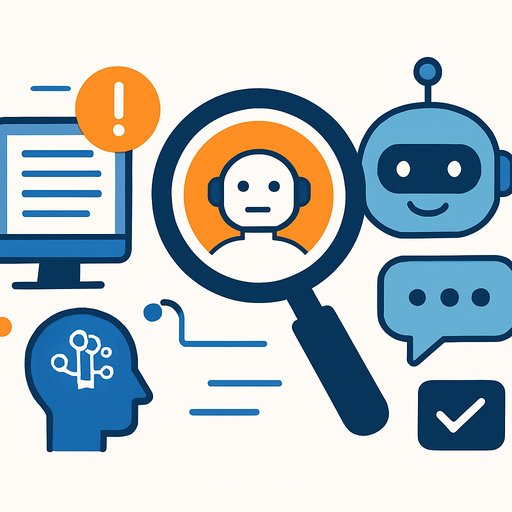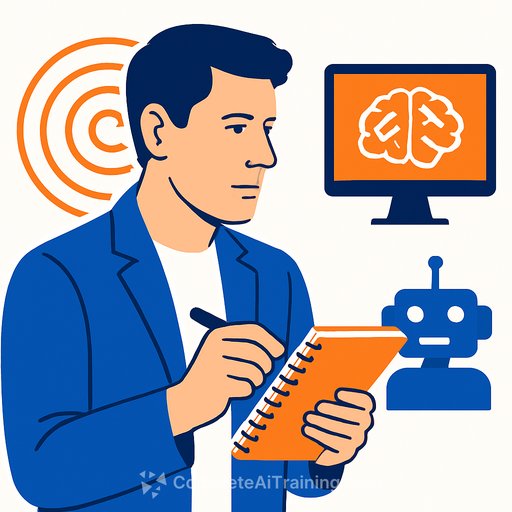Google’s New AI Framework for Research Agents Outperforms Competitors
Google has introduced a fresh AI research framework called Test-Time Diffusion Deep Researcher (TTD-DR). This system outperforms leading AI research agents from companies like OpenAI and Perplexity on several key benchmarks. What sets TTD-DR apart is its inspiration from human writing habits—drafting, searching for information, and revising iteratively to produce thorough research reports.
How TTD-DR Works
TTD-DR employs diffusion mechanisms combined with evolutionary algorithms to improve the accuracy and depth of research on complex topics. It mimics the human process of writing by starting with a rough draft that gradually gets refined through multiple revision cycles. During these cycles, it generates new search queries, retrieves fresh information, and integrates it into the evolving report.
This approach contrasts with most current deep research agents, which typically follow a rigid, linear path of planning, searching, and content generation. Such linear workflows often miss important connections and fail to maintain a cohesive global context throughout the research process.
Why Current Deep Research Agents Fall Short
Deep research agents use large language models combined with tools like web search to answer complex questions beyond simple lookups. They rely on techniques such as chain-of-thought reasoning, best-of-N sampling, and Monte-Carlo Tree Search. However, many publicly available agents lack an integrated structure that allows different research phases to interact and correct each other.
This limitation can cause gaps in understanding and reduce the coherence of the final output. Unlike these systems, TTD-DR’s design fosters iterative refinement and cross-phase feedback to better simulate how humans conduct research.
Two Core Mechanisms Behind TTD-DR
- Denoising with Retrieval: The agent starts with a preliminary draft and uses it to generate new search queries. It then retrieves relevant information and refines the draft, correcting errors and adding detail step by step.
- Self-Evolution: Each component of TTD-DR—the planner, question generator, and answer synthesizer—optimizes itself independently using evolutionary algorithms. This parallel refinement boosts the quality and coherence of the final report.
By combining these mechanisms, TTD-DR produces research reports that are not only more accurate but also better structured and logically consistent. The framework excels at handling complex, multi-step research tasks across industries like finance, biomedical, recreation, and technology.
Testing and Performance
The researchers built TTD-DR on Google’s Agent Development Kit (ADK) and used Gemini 2.5 Pro as the core language model, with flexibility to swap in other models. They benchmarked it against commercial and open-source systems including OpenAI Deep Research, Perplexity Deep Research, Grok DeepSearch, and GPT-Researcher.
TTD-DR was evaluated on two fronts:
- Generating in-depth business reports using the DeepConsult benchmark and a proprietary LongForm Research dataset.
- Answering multi-hop questions requiring extensive reasoning on benchmarks like Humanity’s Last Exam (HLE) and GAIA.
Results showed TTD-DR consistently outperforming competitors. It achieved win rates over 69% against OpenAI Deep Research on long-form reports and showed noticeable improvements on multi-hop reasoning tasks with gains up to 7.7%.
Looking Ahead: Expanding the Framework’s Capabilities
While currently focused on text-based reports and web search, TTD-DR’s framework is designed to be highly adaptable. Future versions could incorporate tools for generating software code, financial models, or multi-stage marketing campaigns. The iterative, draft-centered process could handle complex projects that require ongoing refinement based on external feedback.
This flexible architecture opens the door for AI agents capable of managing diverse, multi-step tasks by continuously improving their outputs as new information and tools become available.
For writers interested in AI tools that boost research productivity and report quality, TTD-DR demonstrates how AI can better replicate the natural drafting and revision cycle familiar to human authors.
Learn more about practical AI applications for writing and research at Complete AI Training.
Your membership also unlocks:





